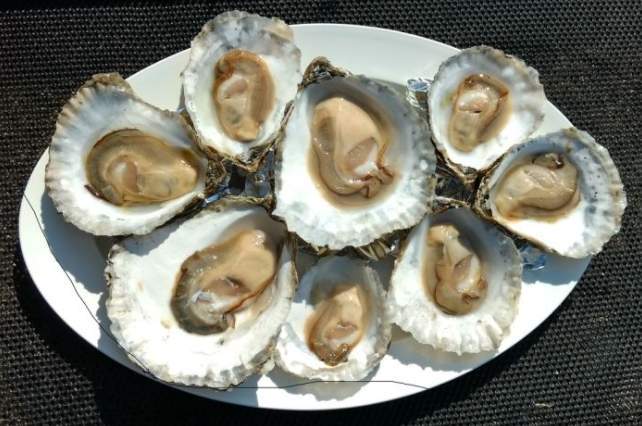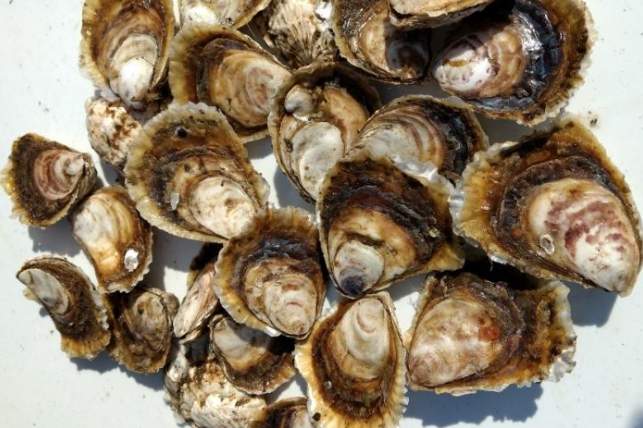
From fished out to fresh again, the Angasi oyster is returning.
Back in Australia’s colonial past, early settlers were often keen to either establish or find a “little piece of England” so, when they discovered the Angasi oyster, they saw how similar it was to the flat oysters they were used to back at home.
So keen were these early settlers that they harvested the Angasi oysters to the brink of extinction with millions taken from beds around Tasmania alone.
Today, the Angasi oyster is on the brink of a comeback with hatcheries showing interest in producing spat and growers wanting to produce these flat oysters alongside their Pacific and Sydney Rock varieties.
Christine Crawford is a Senior Research Fellow at the Institute of Marine and Antarctic Science at the University of Tasmania and has been researching the Angasi and its history.
She believes that the Angasi was the first fishery to be over-fished in Australia with Parliamentary records showing that from just five bays in Tasmania, more than 22 million oysters were harvested in the 1860s.
Dr Crawford said the Pacific oyster was introduced in the 1950s and proved, prior to the advent of POMS (Pacific Oyster Mortality Syndrome) to be an easier oyster to produce and it grew faster.
But, she said, with POMS now affecting the Pacific oyster, there was an interest in growing Angasi oysters again.
‘Why not diversify a bit?’
A few oyster growers around Australia have been experimenting with breeding and growing the Angasi since the early 1990s and one grower who has been at the forefront is David Maidment from Narooma in NSW.
Mr Maidment has been an oyster farmer for nearly 40 years and his interest in the Angasi goes back more than 20 years.
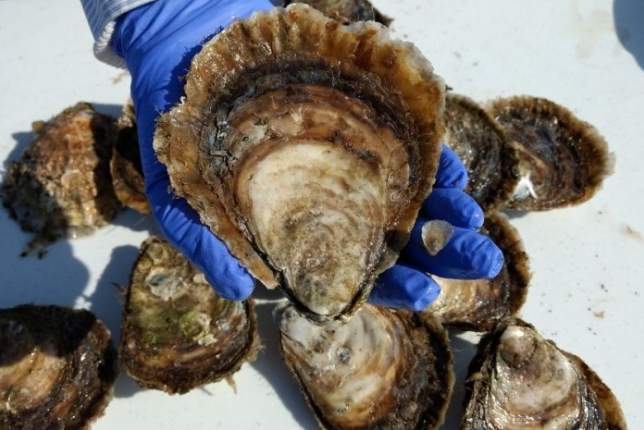
After observing some wild Angasi oysters on his leases and putting some in baskets he saw that they were growing successfully.
“We thought, why not diversify a bit? We’ve got a one-species industry, maybe having Angasi would add another string to our bow,” he said.
Mr Maidment said commercial production of Angasi oysters would grow slowly.
“It’s going to be a subsidiary to Pacifics and Rocks but they’ll be high value and give us a little bit more return,” he said.
Breeding baby oysters
In order for growers to establish Angasi on their leases, a supply of spat is needed and one of the few hatcheries beginning to produce them is Sea Perfect at Little Swanport on Tasmania’s East Coast.
Ian Duffy works with Angasi breeding at the hatchery and said there was clearly a need to have Angasi available so that people could start the farming process.
“Without the baby spat, you can’t farm it and you can’t put anything on the plate at the end of the day,” he said.
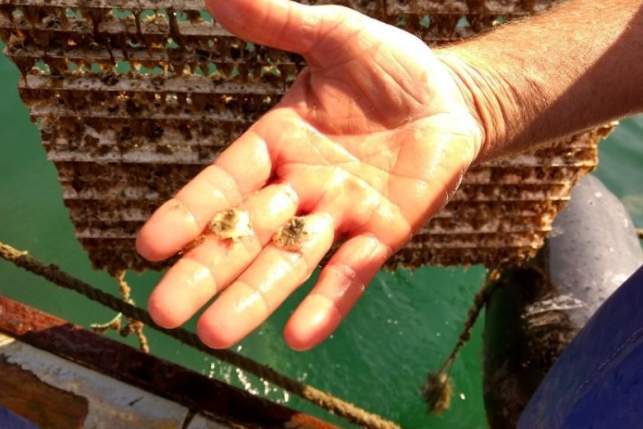
Mr Duffy said Angasi oysters were different to Pacific oysters in that they kept the fertilised eggs internally until they became spat, which presented a challenge to hatcheries.
“We’re used to using maybe 20 to 40 Pacific oysters as an example and we can produce 100 to 200 million settled spat, ” he said.
“To do the same with Angasi, you’d need a farm full of Angasi.”
He said a strategy to meet that challenge would be, in the future, to put the adult breeding oysters on good sites on farms and harvest the spat directly from the farm.
Making a comeback
Not only is there commercial interest in farming the Angasi, but now the Nature Conservancy of Australia has embarked on a long-term project to re-establish Angasi oyster reefs around Australia.
Australian Nature Conservancy marine manager Chris Gillies said the way they planned to restore the reefs was essentially to reverse the process of their decline.
“We first need to put down some hard substrates and that really lifts the oysters up off the bottom and gives them a bit of a chance,” he said.
Among the first places the Australian Nature Conservancy will look to locate restoration sites is where the old historical Angasi reefs were situated.
The projects are located all over Australia.
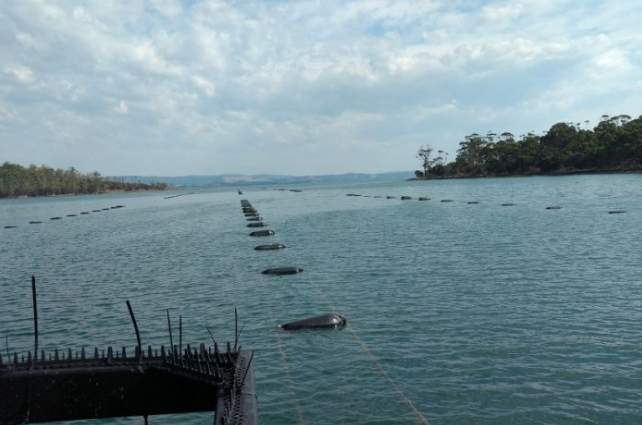
Small oyster with a unique flavour
Although the commercial comeback of the Angasi has been a slow one, some oyster farmers are now taking up the challenge of supplying Angasi to a growing niche market.
Steve Leslie and Yvonne Young run The Oyster Province lease at Taranna in Tasmania’s south, and have taken the bold step to go into production of Angasi.
After six years, they said they were still learning about growing these native flat oysters but they were getting ready to harvest their second commercial crop in the coming months.
Among the techniques they were developing included a mix of sub-tidal and intertidal locations for the oysters as they grow.
It is a technique that kills off bio-fouling as well as cleaning the oysters and hardening their shells.
Ms Young said keeping them clean and using low-stocking densities made for a high-quality oyster.
“I think there’s a definite place for the Angasi to hold its own in a general oyster market,” she said.
“We’ve found as we’ve improved the techniques of growing them that they’re not as tough to grow once you know what you’re doing.”
According to Mr Leslie, the Angasi’s unique flavour may lead to a change in the beverage to accompany them.
“Instead of a chardonnay or a riesling, I think a cab sav or a merlot or even a shiraz might be the go with the Angasi,” he said.
“I love the flavour of them, I don’t get sick of them at all.”
